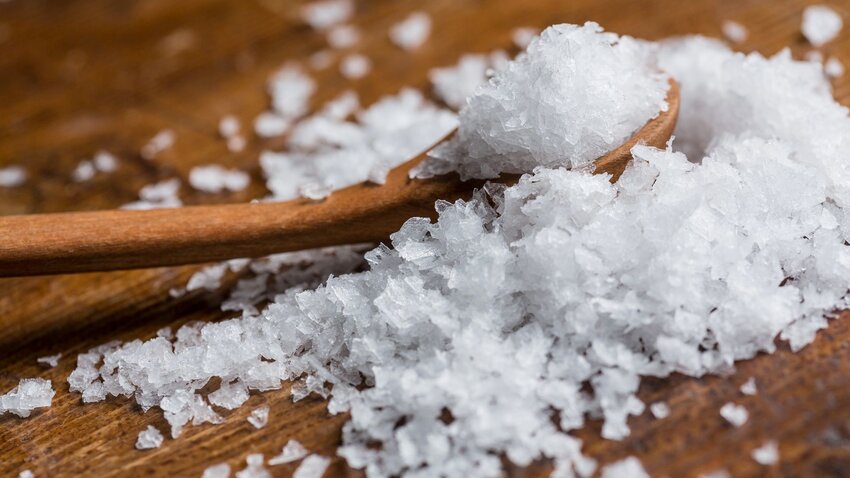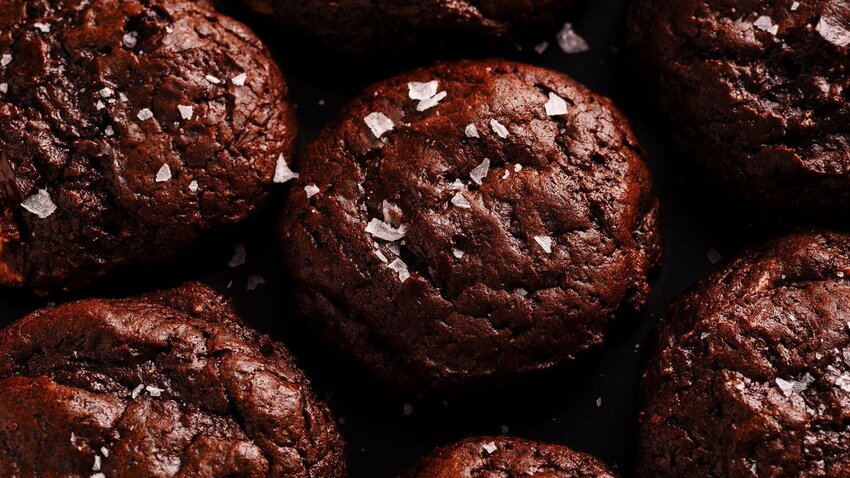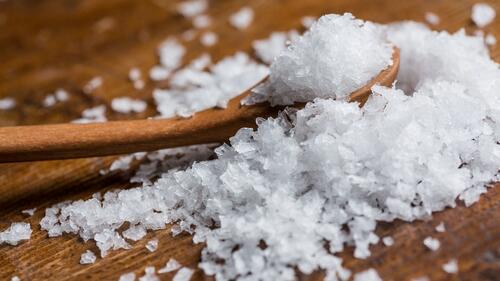Salt is an ingredient employed by chefs throughout the world, but have you ever wondered why that is? According to Samin Norsat, author of Salt Fat Acid Heat: Mastering the Elements of Good Cooking, salt “has a greater impact on flavor than any other ingredient. Learn to use it well, and your food will taste good.”
Salt may add flavor to any dish, but unfortunately, not all salt is created equal. If you’ve ever noticed the difference between a store-bought tomato and a homegrown tomato, then you understand that using quality ingredients is essential to good food. The concept is no different when it comes to the world’s most popular seasoning, which is why so many people prefer Maldon Sea Salt.
This particular brand of salt has garnered international acclaim amongst chefs and celebrities alike. Ina Garten has sung its praises, Cameron Diaz admits to buying it by the pound, and Gwyneth Paltrow uses it to bake her favorite gluten-free cookies.
But where does Maldon Sea Salt come from, and what makes it so special? And how is it best used to make food taste good? Read on to learn everything you didn’t know about this essential ingredient.
A Salt for the Ages

Named for the town from which it is procured, Maldon Sea Salt hails from the southeast coast of England. Situated on the Blackwater Estuary, where the River Blackwater flows into the North Sea, the town of Maldon has been making salt for centuries. The estuary’s briny water, when combined with the region’s lower precipitation amounts, is ideal for salt production. In fact, it was in this area that Romans made salt nearly 2,000 years ago, collecting water in pits lined with clay and then boiling it down to harvest the salt.
In 1882, a man named Thomas Bland bought a small,salt-making business and turned it into Maldon Sea Salt. With an amped-up production, it didn’t take long for the flaky salt to gain national recognition — by 1900, it was being sold in Harrods as a gourmet product.
Since then, the salt has gained international fame, heralded for its shape, taste, and texture. It’s still derived from the Blackwater estuary, although the harvesting process has been modernized. Collected by a steel barge at high tide, the bracken water is filtered and then pumped into salt pans. The water is boiled, and when the temperature is lowered, the pyramid-shaped flakes form before dropping to the bottom of the pan to be gathered.
Unparalleled Flavor and Health Benefits, Too

But what separates Maldon from other salt brands? The answer has everything to do with location. According to Mark Bitterman, author of Salted, the flavor of salt is dependent upon the region where it is harvested. Just as a Burgundy wine is a product of the earth, weather, and geology of the famous French region, sea salt relies on similar factors to create a unique taste that is hyper-specific to its environment. As a result, those who use table salt — which is mass-produced and industrialized — are missing out on the small-batch, distinctive flavor of Maldon.
Switching your salt brand doesn’t just have to do with taste — there are health benefits as well. Table salt is highly processed and bleached, and stripped of any healthy minerals, with the exception of iodine. An unrefined sea salt like Maldon, however, is much less processed, allowing the salt to retain minerals such as iron, potassium, and zinc for consumption.
Use It On Everything

In addition to its flavor, Maldon is known for its unique pyramid-shaped crystals and incredibly light texture. Every factor contributes to the added pleasure of a bite of food, with the flaky salt dissolving into flavor, while also delivering a satisfying crunch.
Despite being known for its large flakes, the pyramid-shaped crystals aren’t meant to be eaten whole. Instead, Maldon Sea Salt is best used as a finishing salt — the very last step you take before the meal is served. The salt should be pinched between the fingers and lightly crushed, dusted onto a meal in large enough flakes to add visual appeal.
And what sort of food would benefit from this light dusting of sea salt? The answer is everything. Use it on anything from avocado toast to a freshly grilled steak to your morning eggs. Dust it over the egg-wash on your chicken pot pie, atop fresh blueberry muffins, or before baking a homemade loaf of bread.
As Gwyneth Paltrow already knows, it’s especially delicious when dusted on cookies before they go into the oven, especially when those cookies are chocolate chip. It also can transform the most humble of foods — such as whole radishes, freshly sliced tomatoes, or lightly dressed lettuce — into triumphs of flavor.
Although it’s sold in specialty and gourmet shops around the world, Maldon Sea Salt is most easily procured from the web. Amazon sells it in two different sizes — the 8.5-ounce box or the 3.5-pound bucket. You may begin with the box, but you’ll quickly see the benefit of buying Maldon in bulk.





